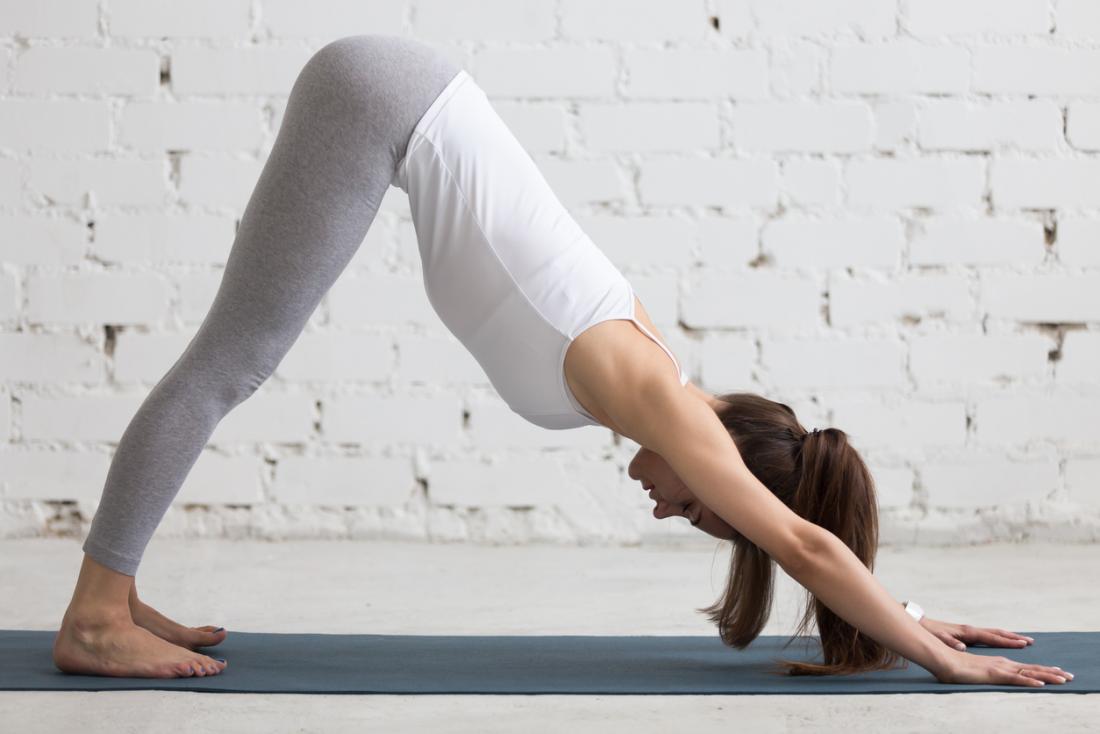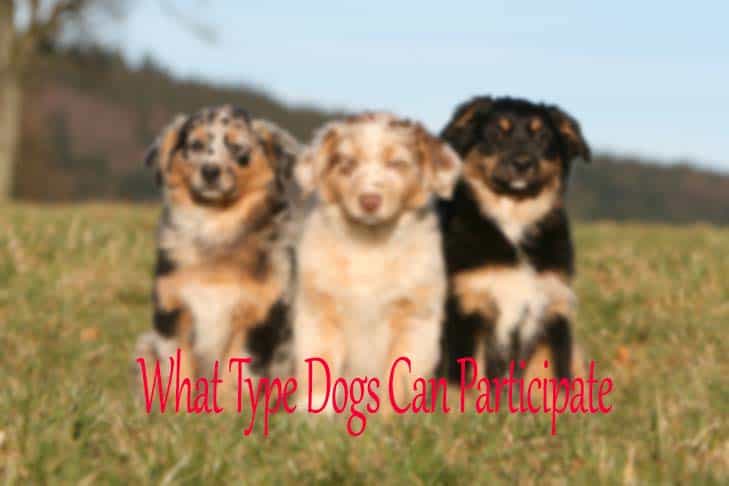Welcome to our new blog post, where we will delve into the art of striking a pose and mastering the infamous Downward Dog in the yoga world. The Downward Dog is not just any ordinary pose; it is a showstopper that combines strength, flexibility, and balance. Whether you are a seasoned yogi or a beginner looking to improve your practice, mastering the Downward Dog can elevate your yoga experience to new heights. In this post, we will explore the intricacies of this iconic pose, tips for perfecting it, and the benefits it brings to your mind, body, and soul. Get ready to show off your Downward Dog prowess and take your yoga practice to the next level!
Introduction: Exploring the Downward Dog Yoga Pose
Downward Dog, a foundational yoga pose, is a vital element of various yoga practices, including the show downward dog. This pose, also known as Adho Mukha Svanasana in Sanskrit, is revered for its numerous physical and mental benefits. By aligning the body in an inverted “V” shape with hands and feet planted firmly, practitioners experience a full-body stretch engaging muscles from head to toe.
Benefits of Downward Dog
Downward Dog offers a plethora of advantages such as improved flexibility, strengthened upper body, and enhanced posture. This pose is also excellent for stress relief and increased focus during yoga routines.
Tips for Perfecting Your Downward Dog
To master the show downward dog, ensure your hands are shoulder-width apart and your feet hip-width apart. Engage your core muscles and lengthen your spine to find proper alignment. Remember to breathe deeply throughout the pose for maximum benefits.

Benefits of Practicing Downward Dog
Downward Dog, a fundamental yoga pose, offers a myriad of benefits for both the mind and body. By incorporating this pose into your practice, you can experience increased flexibility, strength, and mindfulness.
Increased Flexibility
Practicing Downward Dog helps stretch and lengthen the muscles in your back, shoulders, hamstrings, and calves. This improved flexibility not only enhances your yoga practice but also aids in preventing injuries.
Strength Building
Engaging in Downward Dog regularly strengthens your upper body, particularly the arms, shoulders, and core muscles. This pose also helps build endurance, making it beneficial for overall physical fitness.
Mindfulness and Relaxation
Downward Dog encourages deep breathing and mindful awareness of the body. It promotes relaxation, reduces stress, and can serve as a grounding pose to center your mind and body.
Step-by-Step Guide to Mastering the Pose
Mastering the Downward Dog yoga show can be a rewarding experience for both beginners and experienced practitioners. Follow this step-by-step guide to perfect your pose and gain all the benefits it offers.
Proper Alignment
Start in a tabletop position with your hands shoulder-width apart and your knees hip-width apart.
Press firmly into your palms and lift your hips up and back, straightening your arms and legs into an inverted V shape. Engage your core to ensure a strong foundation.
Breath Awareness
Focus on your breath throughout the pose. Inhale deeply to elongate your spine, and exhale to deepen the stretch in your hamstrings and calves.
- Hold the pose for 5-10 breaths, allowing your body to relax and lengthen with each exhalation.
- Remember to keep your neck relaxed and gaze towards your toes for proper alignment.
Tips for Improving Your Downward Dog
Improving your Downward Dog yoga pose can lead to better flexibility and strength. Here are some tips to help you perfect your form:
Correct Alignment
Ensure your hands are shoulder-width apart and your feet are hip-width apart. Press into the mat evenly to avoid putting too much weight on your wrists.
Remember to engage your core and lengthen your spine to create a straight line from your hands to your tailbone.
Breath Awareness
Focus on deep, controlled breaths as you hold the pose. Inhale through your nose and exhale through your mouth to deepen the stretch.
- Take 5-10 breaths in the pose, relaxing into it with each exhale.
- Use your breath to release tension and find ease in the posture.
Variations and Modifications for All Levels
When practicing the Downward Dog yoga pose, it’s essential to understand that variations and modifications can cater to individuals at all levels of expertise. Whether you are a beginner or an experienced yogi, there are options to tailor this pose to your comfort and ability.
Variations for Beginners
For those new to yoga, starting with a bent-knee Downward Dog can reduce strain on the hamstrings and lower back. Placing a yoga block under the hands can also provide additional support.
Modified Hand Placement
Adjusting the distance between hands and feet in the pose can help beginners find stability and build strength gradually.
Advanced Variations
Advanced practitioners can explore variations such as One-Legged Downward Dog or incorporating additional core engagement for a more challenging experience.
- Three-Legged Downward Dog
- Downward Dog Split
Common Mistakes to Avoid
Mastering the “Downward Dog Yoga Show” requires precision and attention to detail. Avoiding common mistakes can help you perfect your pose and reap the full benefits of this iconic yoga position. Here are some errors to steer clear of:
Incorrect Alignment
One of the most prevalent mistakes in performing the Downward Dog is incorrect alignment. Ensure that your hands are shoulder-width apart, feet are hip-width apart, and your body forms an inverted V shape. Proper alignment is crucial for maximizing the pose’s effectiveness.
Lack of Engagement
Another common mistake is a lack of muscle engagement. Activate your core muscles, engage your legs, and press through your palms to strengthen the pose and prevent collapsing. Maintaining muscle engagement throughout the pose is key.
Overarching the Back
Overarching the back is a common error that can lead to strain and improper spinal alignment. Focus on lengthening your spine and avoid overarching to protect your lower back and maintain a neutral position.
Frequently Asked Questions
- What is the Downward Dog yoga pose?
- The Downward Dog yoga pose is a classic yoga pose that helps stretch and strengthen the whole body, particularly the arms, shoulders, back, and legs. It involves forming an inverted V shape with your body, placing your hands and feet on the ground with your hips lifted.
- How do you master the Downward Dog yoga pose?
- To master the Downward Dog yoga pose, it is important to focus on proper alignment, engage the core muscles, relax the neck and shoulders, spread the fingers and press into the hands, and actively push the hips up and back while lengthening the spine.
- What are the benefits of practicing the Downward Dog yoga pose?
- Practicing the Downward Dog yoga pose can help improve flexibility, strengthen the upper body and core muscles, relieve stress and anxiety, increase circulation, energize the body, and improve posture. It is also known to calm the mind and improve focus.
- Are there any variations of the Downward Dog yoga pose?
- Yes, there are several variations of the Downward Dog yoga pose to suit different levels of flexibility and strength. Some common variations include Dolphin Pose (forearms on the ground), Three-Legged Downward Dog (lifting one leg up), and Puppy Pose (similar to Downward Dog but with knees on the ground).
Final Thoughts: Elevate Your Downward Dog to a Spectacular Show
Mastering the art of the downward dog yoga pose goes beyond just physical benefits; it’s about embodying grace, strength, and focus. By incorporating showmanship into your practice, you elevate your routine to a captivating performance. Remember, each downward dog is your moment to shine on the invisible stage of self-improvement and mindfulness.
As you continue to refine your pose, don’t forget to infuse it with your unique style and flair. Embrace the journey of self-discovery and let your downward dog be a reflection of your inner poise and confidence. And always remember, the true essence of this yoga show is not the perfection of the pose, but the joy and presence you bring to it.



